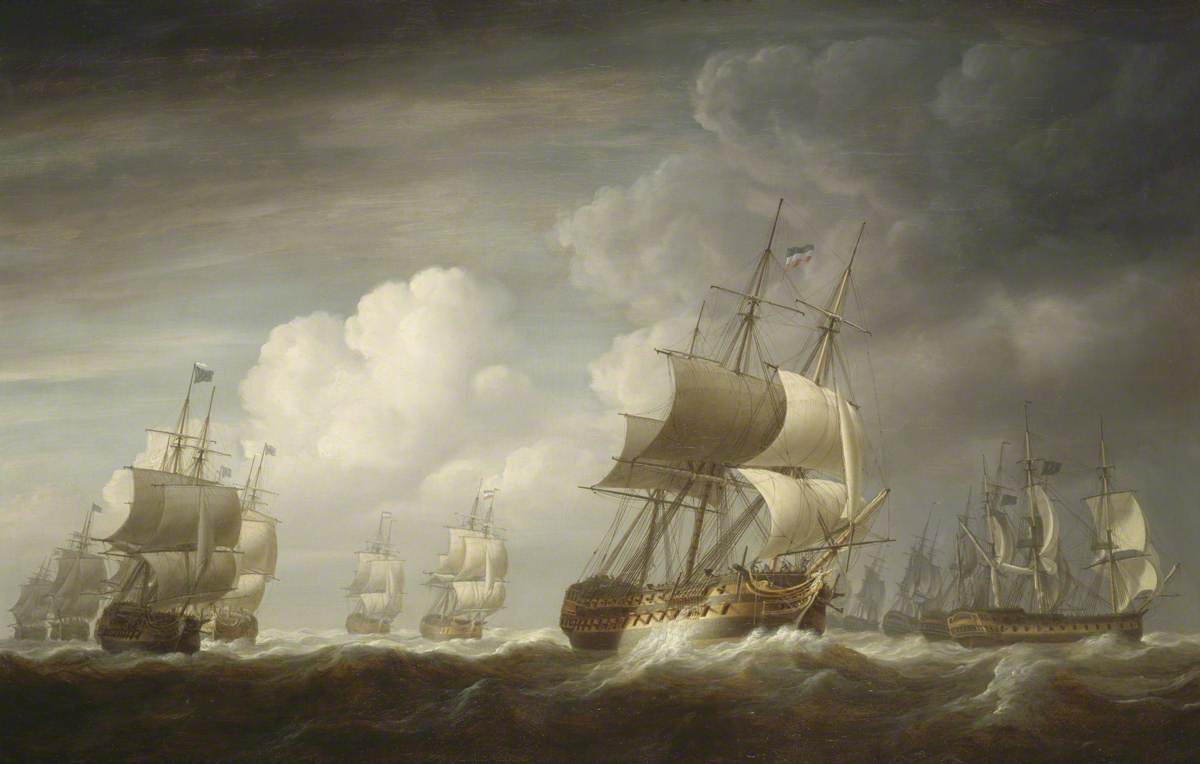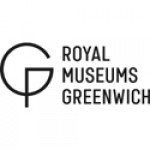How you can use this image
This image can be used for non-commercial research or private study purposes, and other UK exceptions to copyright permitted to users based in the United Kingdom under the Copyright, Designs and Patents Act 1988, as amended and revised. Any other type of use will need to be cleared with the rights holder(s).
Review the copyright credit lines that are located underneath the image, as these indicate who manages the copyright (©) within the artwork, and the photographic rights within the image.
The collection that owns the artwork may have more information on their own website about permitted uses and image licensing options.
Review our guidance pages which explain how you can reuse images, how to credit an image and how to find images in the public domain or with a Creative Commons licence available.
Notes
Add or edit a note on this artwork that only you can see. You can find notes again by going to the ‘Notes’ section of your account.
This painting has the alternative title 'Ships of the East India Company at Sea' but was exhibited at the Royal Academy in 1803 as 'The Hindostan, G. Millet[t], commander, and senior officer of eighteen sail of East Indiamen, with the signal to wear, sternmost and leewardmost ships first'. (That is, for the fleet to alter course to the opposite tack, in the sequence indicated, with the wind astern.) It is believed to represent the convoy under George Millett, as commodore, during their return voyage from China early in 1802. The 'Hindostan', in the centre, was a large East Indiaman of 1,248 tons, built in 1796 to replace a previous vessel of the same name that had been sold to the Navy. The new 'Hindostan' undertook three voyages in the service of the Company, the last being the one illustrated. On 11 January 1803, at the start of a fourth voyage, she was lost during a heavy gale on Margate Sands with up to thirty of her crew. Eleven of the other vessels in the convoy depicted here are known to have reached their moorings in England between 11 and 14 July 1802: the 'Lord Hawkesbury', 'Worcester', 'Boddam', 'Fort William', 'Airly Castle', 'Lord Duncan', 'Ocean', 'Henry Addington', 'Carnatic', 'Hope' and 'Windham'. The other ships have not been identified but are also presumed to have done so.
Title
A Fleet of East Indiamen at Sea
Date
1803
Medium
oil on canvas
Measurements
H 60.8 x W 92.3 cm
Accession number
BHC1097
Work type
Painting








